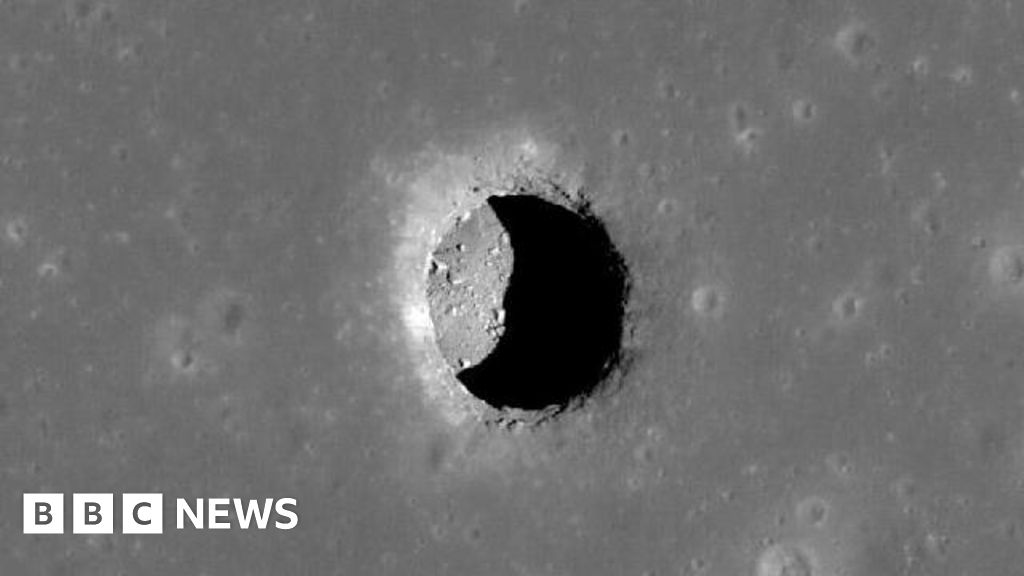- cross-posted to:
- space@lemmy.world
- cross-posted to:
- space@lemmy.world
Scientists have for the first time discovered a cave on the Moon.
At least 100m deep, it could be an ideal place for humans to build a permanent base, they say.
It is just one in probably hundreds of caves hidden in an “underground, undiscovered world”, according to the researchers.
Countries are racing to establish a permanent human presence on the Moon, but they will need to protect astronauts from radiation, extreme temperatures, and space weather.
Helen Sharman, the first British astronaut to travel to space, told BBC News that the newly-discovered cave looked like a good place for a base, and suggested humans could potentially be living in lunar pits in 20-30 years.



Seems excessively very deep to me - someone’s going to have to build a freight elevator as tall as a soccer field is long. Even worse, I’d expect you’d want your airlock on the surface so you’re not struggling to maneuver in a bulky suit just to get outside: now you’re talking about a 100m pressurized elevator.
Does anyone know how deep you’d ideally want? I’m sure NASA has studied it. I do remember reading that 1’ is the exact wrong number because of indirect radiation. While you get more protection from radiation and a more stable temp, the deeper you go, the marginal value probably drops off pretty quickly, plus the inconvenience would quickly climb. When people online talked about living underground on the moon, I always imagined like 5-10m
Edit: here’s an argument to keep it less than 12m deep
Edit2: and here’s an argument for at least 1-2m
I would design the elevator car to be self-contained, rather than pressurizing the entire shaft.
Actually, it would be more like riding in a pressurized moon rover. Then, using wheels or rollers on opposing sides of a track to act as guides, some kind of hoist, or maybe just a linear inductive motor using the track as a stator plate.
The advantage to the linear induction motor is simplicity- if you’re building the track/guides out of metal any way, then, it’s just a few more components and you have a way to go up, go down, and brake.
In any case there’s really no reason to have a pressurized shaft.
The value of the cave is it’s already there, with no need to excavate that incredibly annoying moon dust. Which, to be clear, is a horribly hazardous material.
Because there’s little to no natural erosion, it’s sharp and splintery and highly barbed. It’s also magnetic, so it sticks to anything made of iron or steel; and for example probably causes something akin to silicosis.
It’s basically the reason that NASA and others are looking at pressurized rovers with suit ports for hopping out instead of an airlock and space suit design. It significantly resizes the amount of moon dust coming in.
Yes, the moon dust. That incredibly abrasive moon dust. Getting into the workings of the elevator that is your only way out of a deep hole. Any any repair work complicated by having todo it in a suit, in a vacuum, in the moondust, at whatever height it finally broke down
deleted by creator